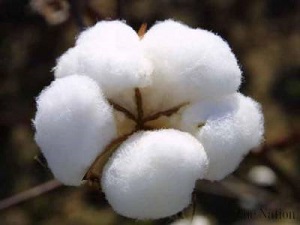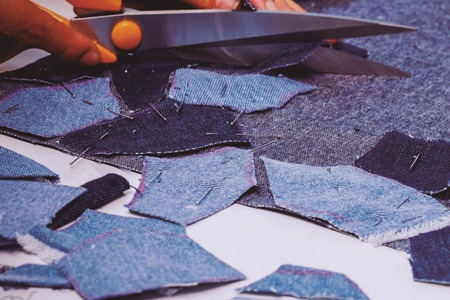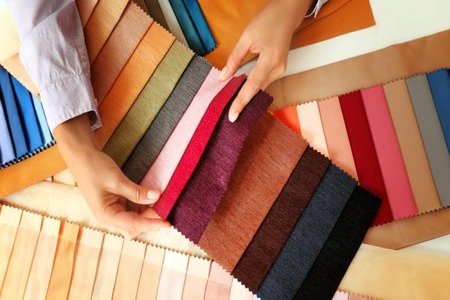
A team of research at Australian science agency CSIRO is working on a kind of cotton that has the properties of synthetic materials
YarnsandFibers News Bureau 2018-09-10 15:48:00 – AustraliaAccording to CSIRO, in 1995 synthetics made up around half of the global fibre market. By 2015, this had risen to 77%. The researchers have first worked on better understanding what determines the length, strength and thickness of cotton fibres. They are doing this by growing a range of different cotton plants, some with long, thin fibres and others with short, woolly fibres.
The motivating force behind their work is the microfibre pollution caused by the washing of synthetic materials like polyester and nylon. These are not biodegradable and so can have a serious impact on waterways.
"We're looking into the structure of cotton cell walls and harnessing the latest tools in synthetic biology to develop the next generation cotton fibre," CSIRO scientist Dr Madeline Mitchell said. Also, "Synthetics may be cheaper to produce and require less ironing but people like natural fibres - they would just prefer they didn't crease so much or they could stretch.â€
While maintaining its natural qualities, a team of research at Australian science agency CSIRO is working on a kind of cotton that has the properties of synthetic materials, including being stretchy, non-creasing and waterproof.
Market Intelligence
Ask for free sample Report

experience
Customer Base
dedicated team
Countries Served Worldwide









